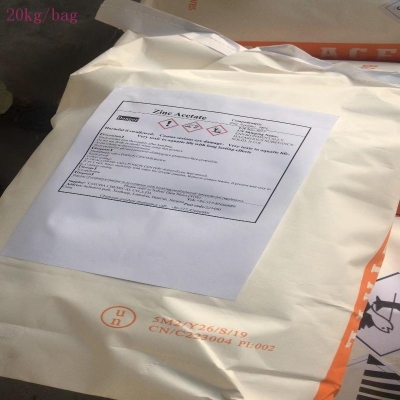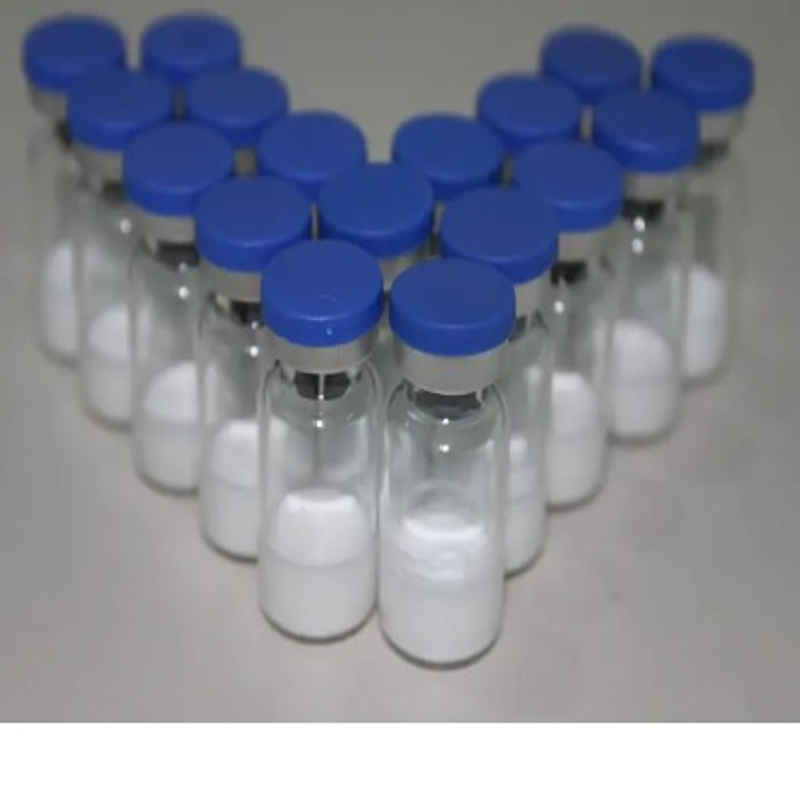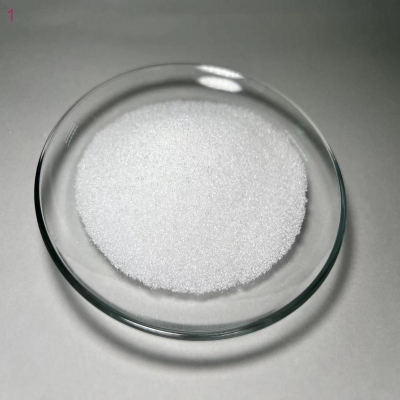-
Categories
-
Pharmaceutical Intermediates
-
Active Pharmaceutical Ingredients
-
Food Additives
- Industrial Coatings
- Agrochemicals
- Dyes and Pigments
- Surfactant
- Flavors and Fragrances
- Chemical Reagents
- Catalyst and Auxiliary
- Natural Products
- Inorganic Chemistry
-
Organic Chemistry
-
Biochemical Engineering
- Analytical Chemistry
-
Cosmetic Ingredient
- Water Treatment Chemical
-
Pharmaceutical Intermediates
Promotion
ECHEMI Mall
Wholesale
Weekly Price
Exhibition
News
-
Trade Service
The latest customs statistics show that from January to April 2016, China exported a total of 7.
74 million tons of mineral fertilizers and chemical fertilizers, a year-on-year decrease of 26.
7%; the cumulative export value was US$1.
898 billion, a year-on-year decrease of 39.
8%.
In the first few months of this year, China's monthly fertilizer exports have experienced negative growth, which shows that the situation of fertilizer exports this year is not optimistic.
? In 2015, domestic exports of various fertilizers totaled 35.
55 million tons, an increase of 20% year-on-year, and the export volume hit a record high.
Why has the export of chemical fertilizers changed so much in just a few months? According to analysis by industry insiders, there are two main reasons: one is the weak international demand for chemical fertilizers, and the prices have fallen sharply.
At present, the export price of 1 ton of urea is about 100 yuan lower than the domestic price, and the export of 1 ton of diammonium is about 500 yuan lower than the domestic price.
The export price and the domestic price are obviously inverted, and the export enthusiasm of enterprises is not high.
Second, the international fertilizer production capacity continues to increase, and competition in the international fertilizer market has become more intense.
According to the International Fertilizer Association (IFA), the international urea production capacity will increase by 8.
6 million tons in 2016, and Nigeria, Iran, Malaysia and other countries have newly built urea plants.
By the end of 2016, the international phosphate fertilizer production capacity will increase to 47.
2 million tons, of which Morocco will increase by 180 Saudi Arabia has increased by 1.
4 million tons; by the end of 2016, the capacity of potassium chloride is expected to increase to 87 million tons.
Some potash fertilizer projects invested in the previous years will be put into operation this year, of which 95% of the capacity increase comes from Canada and Russia.
? Faced with the severe export situation of chemical fertilizers, the industry hopes that the country can lower the export tariffs on chemical fertilizers.
In the past, an important reason for the high tariffs on chemical fertilizers was that the chemical fertilizer industry enjoyed preferential policies, so the tariffs were set higher.
But now, with all the preferential electricity prices and value-added tax benefits abolished, the chemical fertilizer industry has no incentives left, and the chemical fertilizer industry lowers tariffs.
It is imperative.
74 million tons of mineral fertilizers and chemical fertilizers, a year-on-year decrease of 26.
7%; the cumulative export value was US$1.
898 billion, a year-on-year decrease of 39.
8%.
In the first few months of this year, China's monthly fertilizer exports have experienced negative growth, which shows that the situation of fertilizer exports this year is not optimistic.
? In 2015, domestic exports of various fertilizers totaled 35.
55 million tons, an increase of 20% year-on-year, and the export volume hit a record high.
Why has the export of chemical fertilizers changed so much in just a few months? According to analysis by industry insiders, there are two main reasons: one is the weak international demand for chemical fertilizers, and the prices have fallen sharply.
At present, the export price of 1 ton of urea is about 100 yuan lower than the domestic price, and the export of 1 ton of diammonium is about 500 yuan lower than the domestic price.
The export price and the domestic price are obviously inverted, and the export enthusiasm of enterprises is not high.
Second, the international fertilizer production capacity continues to increase, and competition in the international fertilizer market has become more intense.
According to the International Fertilizer Association (IFA), the international urea production capacity will increase by 8.
6 million tons in 2016, and Nigeria, Iran, Malaysia and other countries have newly built urea plants.
By the end of 2016, the international phosphate fertilizer production capacity will increase to 47.
2 million tons, of which Morocco will increase by 180 Saudi Arabia has increased by 1.
4 million tons; by the end of 2016, the capacity of potassium chloride is expected to increase to 87 million tons.
Some potash fertilizer projects invested in the previous years will be put into operation this year, of which 95% of the capacity increase comes from Canada and Russia.
? Faced with the severe export situation of chemical fertilizers, the industry hopes that the country can lower the export tariffs on chemical fertilizers.
In the past, an important reason for the high tariffs on chemical fertilizers was that the chemical fertilizer industry enjoyed preferential policies, so the tariffs were set higher.
But now, with all the preferential electricity prices and value-added tax benefits abolished, the chemical fertilizer industry has no incentives left, and the chemical fertilizer industry lowers tariffs.
It is imperative.







